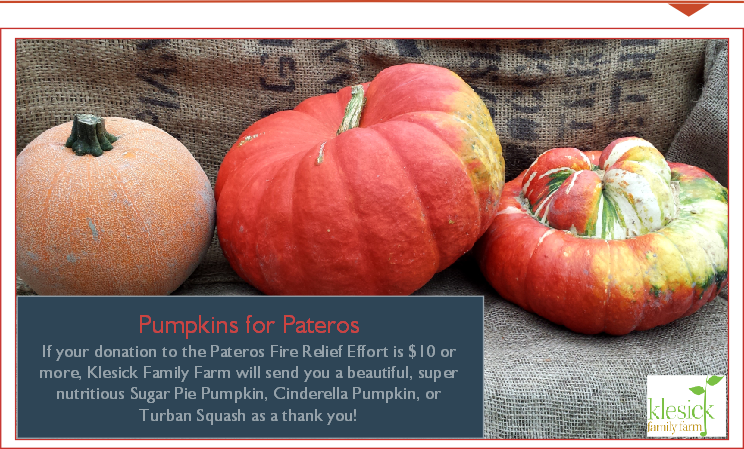Collard greens are part of the cruciferous vegetable family, which also includes kale, broccoli, Brussels sprouts, cabbage, rutabaga and turnips. These nutrition powerhouses pack in lots of nutrients for a little amount of calories. If you are trying to eat healthier, cruciferous vegetables like collard greens should be at the very top of your grocery list. Collard greens are a great source of Vitamins A and K, as well as folate, manganese, and calcium.
Store: Loosely wrap greens in slightly damp paper towels, then place in a plastic bag and refrigerate for up to 4 days. Wash just before using.
Prep: Hold each leaf by the stem. With the other hand, zip the leafy part off the stem. Discard the stems. (Chard stems may be cooked.) Cut the leaves into strips. Swirl the greens in a salad spinner filled with water. Lift out the basket; discard the water. Repeat until no dirt remains.
Use: Sauté tip: Heat oil in a large skillet. Add as many greens to the skillet as will fit, season with salt and pepper, and cook, tossing frequently. As the greens wilt, add more greens to the skillet. Cook until tender.
Note: dark leafy greens pair very will with savory items such as garlic, onions, and bacon (traditionally, they were paired with ham hocks or pig jowels), and balance out well when served with a dollop of coconut oil or a cultured whole milk dairy, such as sour cream or crème fraîche (or even butter) – saturated fat helps the body assimilate the fat-soluble vitamins, calcium, and minerals contained in the greens.
For more extensive information on Collard Greens, check out this article on Mercola.com

